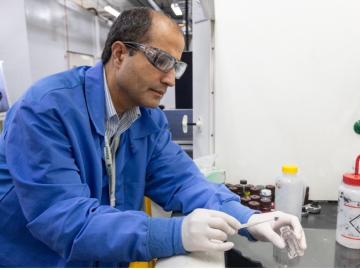
Electric vehicles can drive longer distances if their lithium-ion batteries deliver more energy in a lighter package.

Electric vehicles can drive longer distances if their lithium-ion batteries deliver more energy in a lighter package.

Guided by machine learning, chemists at ORNL designed a record-setting carbonaceous supercapacitor material that stores four times more energy than the best commercial material.
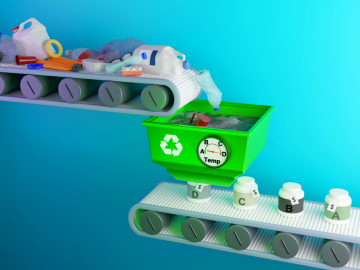
Little of the mixed consumer plastics thrown away or placed in recycle bins actually ends up being recycled. Nearly 90% is buried in landfills or incinerated at commercial facilities that generate greenhouse gases and airborne toxins.
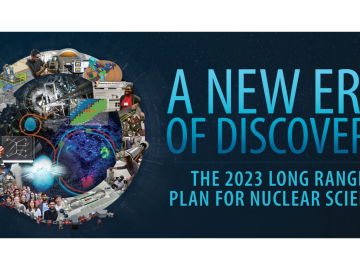
ORNL, a bastion of nuclear physics research for the past 80 years, is poised to strengthen its programs and service to the United States over the next decade if national recommendations of the Nuclear Science Advisory Committee, or NSAC, are enacted.
When the second collaborative ORNL-Vanderbilt University workshop took place on Sept. 18-19 at ORNL, about 70 researchers and students assembled to share thoughts concerning a broad spectrum of topics.

Quantum computers process information using quantum bits, or qubits, based on fragile, short-lived quantum mechanical states.
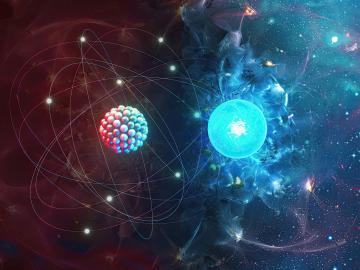
ORNL is leading two nuclear physics research projects within the Scientific Discovery through Advanced Computing, or SciDAC, program from the Department of Energy Office of Science.
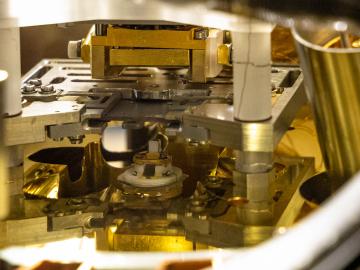
A team of scientists with ORNL has investigated the behavior of hafnium oxide, or hafnia, because of its potential for use in novel semiconductor applications.
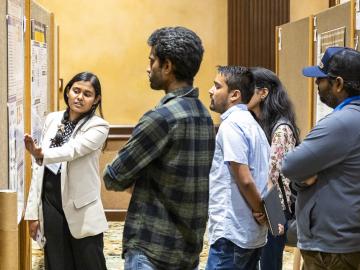
Speakers, scientific workshops, speed networking, a student poster showcase and more energized the Annual User Meeting of the Department of Energy’s Center for Nanophase Materials Sciences, or CNMS, Aug.
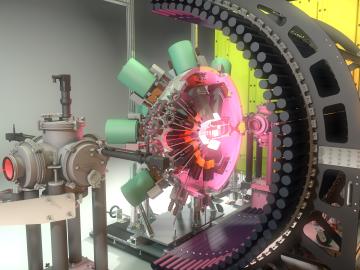
Timothy Gray of ORNL led a study that may have revealed an unexpected change in the shape of an atomic nucleus.

